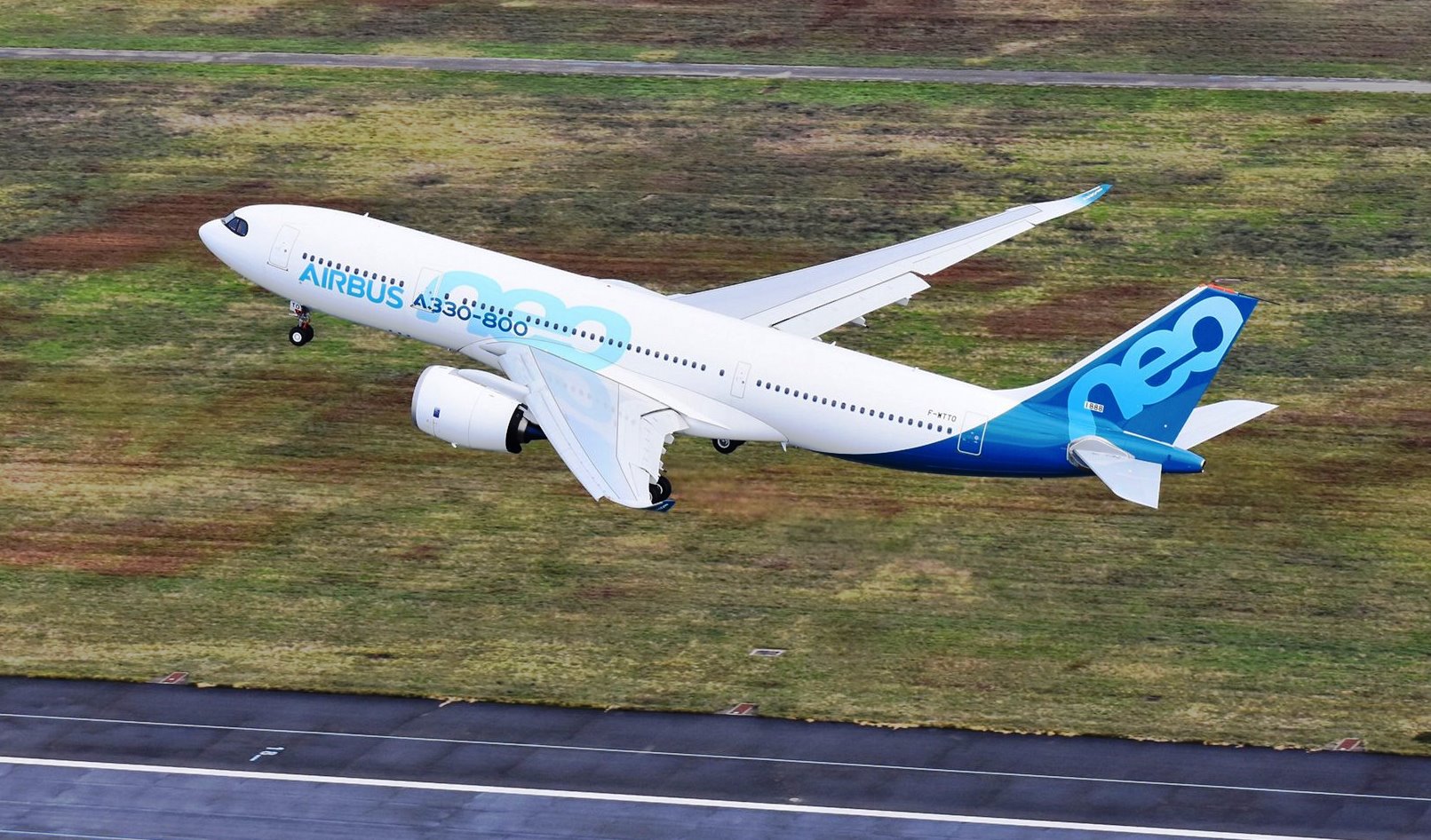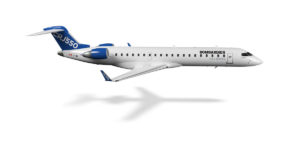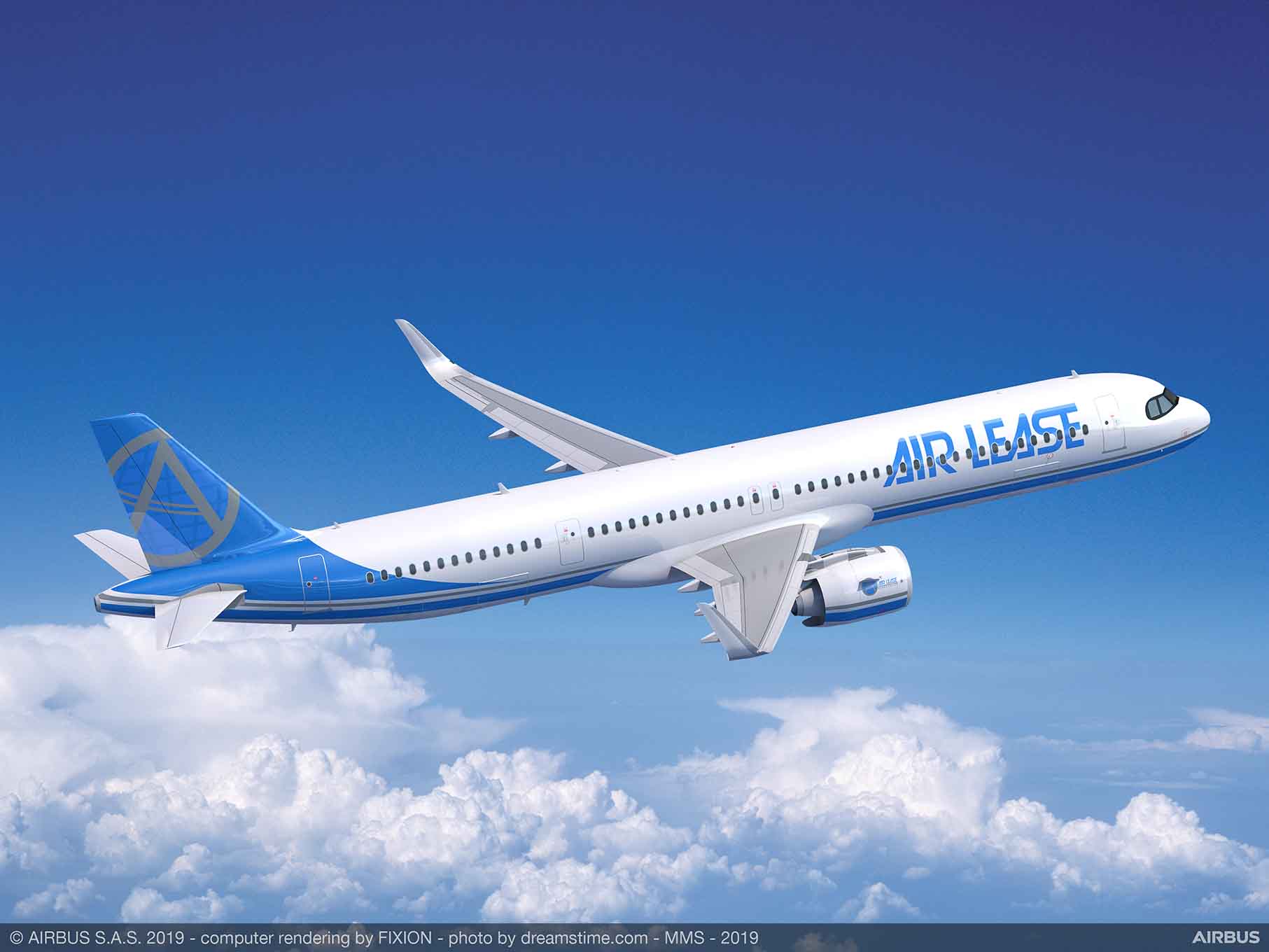Leeham News and Analysis
There's more to real news than a news release.
How much life is left in the Boeing 737 MAX after recertification?
Subscription Required
By Scott Hamilton
Introduction
June 29, 2020, © Leeham News: As Boeing narrows in on recertification of the 737 MAX, one of the questions that is unanswered, but forward-reaching is, how much life is left in the airplane?
In this context, the question is not about “useful life.” This is the length of time an airplane can economically be in service before passenger carriers retire the aircraft. Then there is the potential as a cargo conversion airplane. The useful life may equal or exceed the useful life as a passenger airplane.
How much life is left in the MAX in this context means how long will it be before Boeing pursues a replacement design—and how long will MAX remain in production?
Summary
- 737NG program launched in November 1993. EIS: December 1997. Production ended late 2019.
- 737 MAX program launch, July 2011. EIS: May 2017. Boeing contract with Spirit Aerosystems for fuselages extends to 2033.
- A321XLR, MAX grounding killed NMA.
Restoring capacity with the A330ceo or A330neo, Part 2
Subscription Required
By Bjorn Fehrm
Introduction
June 25, 2020, © Leeham News: Last week, we started looking at the Airbus A330-200 market and whether to hold on to one’s A330-200 or restoring capacity after the COVID-19 shut-down with the newer A330-800.
We looked at the history of the A330-200, the reasons it sold 642 units to date, and why the sequel, the A330-800, is not selling well.
We dig deeper into the replacement question today. In a post-pandemic world, is holding on to or even leasing an A330-200 for long-range operations the better alternative, or should we take delivery of a new A330-800?
Summary
- The A330-200 was Airbus’ best aircraft for long and thin routes.
- As the A330-300 and later A330-900 grew its range, the A330-200 and A330-800 market shrunk.
- For long and thin routes, is keeping/leasing an A330-200 or taking delivery of an A330-800 the better alternative?
Looking ahead for 2020 and 2030 decades: Boeing
Subscription Required
Second in a series.
By Scott Hamilton and Vincent Valery
Introduction
June 24, 2020, © Leeham News: “Airbus’ widebody strategy is a mess.”
This is what Kostya Zolotusky, then a VP with Boeing Capital Corp., said a few years ago on the sidelines of a major aerospace conference.
Today, it may be going too far to say there is increasing opinion in the industry that Boeing’s product strategy is a mess. But it’s fair to say it’s seriously challenged.
Even setting aside the 737 MAX grounding, Airbus clearly outpaced the MAX with the A320neo family. The A321LR and XLR thrust Airbus into dominance in the single-aisle, 150-220 seat sector.
Airbus fell into a winner with the acquisition of the Bombardier C Series. Boeing’s 737-7 MAX has captured fewer than 100 orders since the program launch in 2011. Demand for the 777X is weak.
Boeing critics, and there are many, see little but doom and gloom ahead. Even before the COVID-19 crisis, Boeing faced years of recovery from the MAX grounding.
There’s no doubt Boeing has a deep hole to climb out of, exacerbated by the COVID crisis. The question is, what does Boeing do after the MAX is returned to service and the virus crisis is over?
Summary
- Airbus is clear leader in single-aisle sector.
- Boeing’s product strategy for New Midmarket Airplane, Embraer role is over.
- Former CEO Jim McNerney said, “no more moonshots.” But is this just what Boeing needs to regain its position?
Restoring capacity with the A330ceo or A330neo, Part 1
Subscription Required
By Vincent Valery
Introduction
June 18, 2020, © Leeham News: The Airbus A330-200 has been a commercial success, with 642 deliveries since 1998. The Boeing 777-300ER and Airbus A330-300 are the only twin-aisle variants with more deliveries than the A330-200.
Despite the A330-200 commercial success, its successor, the A330-800, isn’t selling well. The variant officially has 14 orders: eight from Kuwait Airways, two from Uganda Airlines, and four unidentified. Air Greenland did not firm its commitment for a single unit yet. The A330-900 has 319 firm orders.
Airbus did not deliver a single A330neo since February due to the COVID-19 outbreak. Once passenger demand recovers, airlines will have the option to receive delivery of A330neos on relatively short notice. Carriers will weigh the benefits of taking delivery of new A330neos, keep their older A330ceos flying, or source the latter from lessors.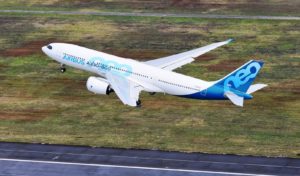
We will compare the Economic performance of both A330ceo and A330neo variants with our aircraft evaluation model. We will start with the A330-200 and A330-800.
Summary
- A330-200 impact on market after entry into service;
- Capitalizing on Dreamliner delays;
- Twin-aisle market slowdown before COVID-19 outbreak;
- A330-800 suitability for a route network.
Narrowbody Aircraft Retirements
Subscription Required
By Vincent Valery
Introduction
June 15, 2020, © Leeham News: Last week, LNA analyzed the accelerating widebody fleet streamlining by airlines. We now turn our attention to the narrowbody market.
Numerous airlines, including American and Lufthansa, announced the early retirement of single-aisle aircraft since the beginning of the COVID-19 outbreak. However, the retirement of entire narrowbody types has been a rarer occurrence among carriers.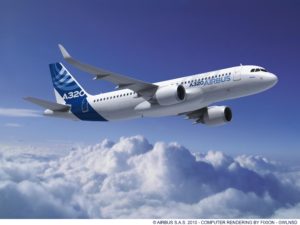
LNA analyzes retirement prospects for Airbus A320, Boeing 737, 757, and MD80/90/717 family aircraft.
Summary
- A market dominated by two types;
- More variety among older aircraft in service;
- Streamlining on core narrowbody fleets;
- Regional breakdown for the oldest types in service.
How much of International passenger flights can be paid by belly cargo? Part 2.
By Bjorn Fehrm
Subscription Required
Introduction
June 11, 2020, © Leeham News: As international passenger traffic slowly recovers, how much of the cost of flying passengers on the international routes can be paid by the freight under the floor?
We discussed the base parameters to answer this question in last week’s article. Now we calculate the revenues from passengers traffic and Cargo and compare them with the operational costs.
Summary:
- The high freight prices make it possible to resume international passenger flights without losses on routes where there is substantial freight demand.
- As belly freight capacity comes back to the market the freight prices will decline, but by then the passenger load factors should be on the way up.
An accelerating widebody fleet streamlining, Part 2
Subscription Required
By Vincent Valery
Introduction
June 8, 2020, © Leeham News: Last week, we saw that earlier generations of widebody aircraft had significant range restrictions. Airlines with sizable long haul operations had to operate multiple aircraft types to serve different markets.
With the innovation of common pilot type rating and increased range of smaller widebody aircraft, airlines can now serve all their long haul destinations with far fewer types than in the past.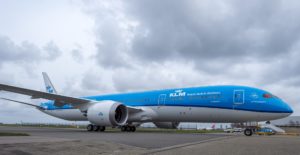
In the context of muted passenger traffic in a post-COVID-19 world, airlines will be under pressure to become more efficient and streamline operations. We will analyze the consequences for current twin-aisle programs and the fleet situation at large carriers.
Summary
- Accelerated retirement of old and large aircraft;
- Winners and losers among widebody programs;
- Some airlines are more streamlined than others.
How much of International passenger flights can be paid by belly cargo ?
By Bjorn Fehrm
Subscription Required
Introduction
June 4, 2020, © Leeham News: Air cargo prices are at an all-time high. The air cargo demand is down 28% compared with the same time last year, but the capacity has disappeared faster. Half of the world’s cargo was flying in the bellies of passenger aircraft, and as these were grounded, 50% of the world-wide cargo capacity went missing.
Airlines have taken the seats out of passenger jets and now fly them as belly freighters with light pandemic protective gear cargo in the cabins on special authorization from the authorities. This has alleviated the capacity crunch somewhat but demand and capacity still don’t match. As a result, cargo prices stay high.
As international passenger traffic slowly recovers, how much of the cost of flying passengers on the international routes can be paid by high priced freight in the bellies of the aircraft?
Summary:
- While domestic passenger traffic shows the first signs of recovery, international traffic will take long to recover.
- At the same time, cargo prices are two to three times higher than normal for international routes within Asia and between Asia and the US or Europe.
- How much of the bills for flying international passenger traffic in the recovery period can be paid by cargo in the bellies of these jets?


